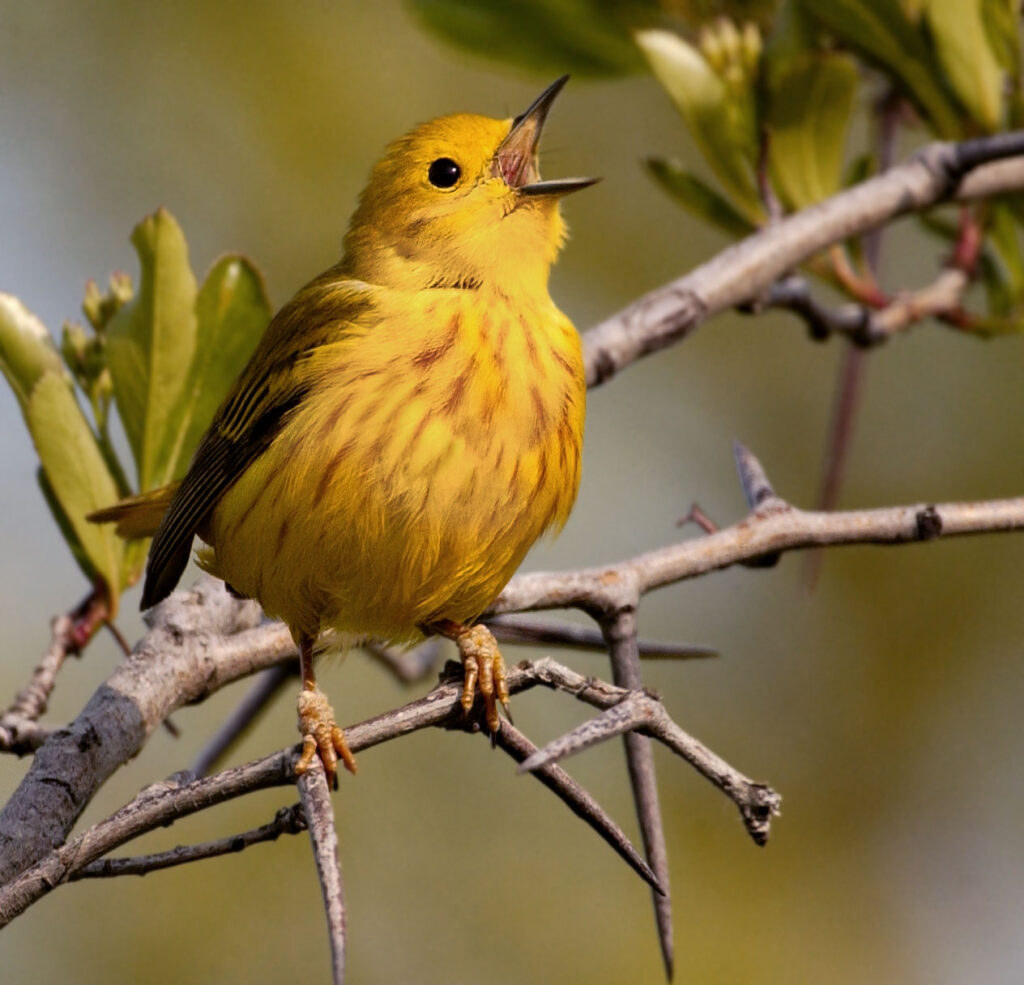
In September, the overall Bird Photographer of the Year 2024 winner also won the Gold Award in the Conservation Category, and rightly so. The image is a starkly bleak reminder of the threats we pose to birds through our negligence and indifference and encourages us all to think about the simple steps we can take to rectify the horror it captures.

Throughout the year, volunteers and other conservationists in Toronto collect the dead bodies of birds who fall to their deaths after colliding with various man-made structures often covered entirely in glass, as they try to complete their instinctual journeys from and to their breeding and wintering grounds. Those bodies are then cataloged, data entered, and then at the end of the migration season they are all arranged in a display in an effort to educate people about what happens every year in the sky over our heads; not just to shock, but to move us. Because every single one of these deaths is unnecessary.

“When Worlds Collide” is an impactful photograph, and that’s the point. Patricia Seaton Homonlyo is a Toronto-based conservation photojournalist, and her image of the display created in 2022 shows just under 4,000 dead birds, a wild turkey at the center surrounded by 350 more species, radiating out in a concentric circle of sadness. Just in this image alone, there are over 500 golden-crowned kinglets; Amazon kingfishers can be easily discerned on the lower edge of the larger species in the middle, which are then circled by scores of hummingbirds. We will recognize many species, and birds that visit our yards or parks, or that we go on dedicated trips to see.

Countless birds take to the skies every year to migrate between their breeding and wintering grounds, a journey that spans thousands of miles. The route will often take them directly over cities, including those filled with towering high-rises, making the problem particularly severe. Unfortunately, modern urban architecture—characterized by vast glass windows and 24-hour lighting—poses a significant threat to these migratory birds, leading to millions of fatal collisions.
Birds have evolved to navigate using natural light cues, such as the stars, the moon, and the sun. However, artificial lighting, especially from high-rise buildings, confuses and disorients them. Bright, constant lighting from skyscrapers attracts nocturnally migrating birds, causing them to stray off course. Once near the bright lights, birds often circle endlessly, burning valuable energy and leaving them vulnerable to further dangers. Collisions are common, as is predation from opportunistic species, or simply exhaustion and hunger, leaving birds grounded and too weak to continue, eventually expiring, sometimes just mere miles from their departure point.

As well as the lights disrupting a birds’ internal navigation system, what makes the issue even more tragic is that birds often don’t realize the dangers of reflective glass, which acts as a mirror to their natural surroundings, showing them the sky, trees, or clouds, which the birds mistake for safe paths. As a result, they fly full speed into the glass, resulting in instant death or severe injury, which they rarely recover from. Some species are particularly vulnerable because they fly at lower altitudes during migration, making them more likely to encounter buildings. Warblers have a fast yet low flight pattern and are frequent victims of window collisions.

The sight of thousands of bird bodies arranged in a stark visual display may seem macabre, but it sends a strong message to the public and policymakers, emphasizing the scale of the issue, which is often invisible to the casual observer. It’s a chilling reminder that for every dead bird collected, many more may be lost, unnoticed, high above in the skies or in other urban areas. In Owen’s book, Bringing Back the Birds, these issues are perfectly captured in Margaret Atwood’s potent poem, Fatal Light Awareness, written specifically for the publication.
Fortunately, steps can be taken to mitigate this problem. Public awareness campaigns from organizations such as the Fatal Light Awareness Program (FLAP) and National Audubon’s Lights Out Program strive to encourage individuals and corporations alike to change the current situation, playing a crucial role in educating people about how urban environments can coexist with wildlife. You can also learn about how to adapt your own windows and other glass structures to bird-friendly environments from many different sources online, or by talking to anyone at your nearby nature reserves, bird food store, or your local Audubon chapter.

By encouraging home and building owners and developers to adopt bird-friendly design features such as specially treated glass that birds can see or reduced reflective surfaces, and by advocating for reduced light pollution, we can hope to make cities safer for migrating birds. Likewise, we too can help. Turning off unnecessary lights during migration seasons, both indoors and outdoors, especially at night, is another straightforward measure that has already shown promising results in cities across North America.


